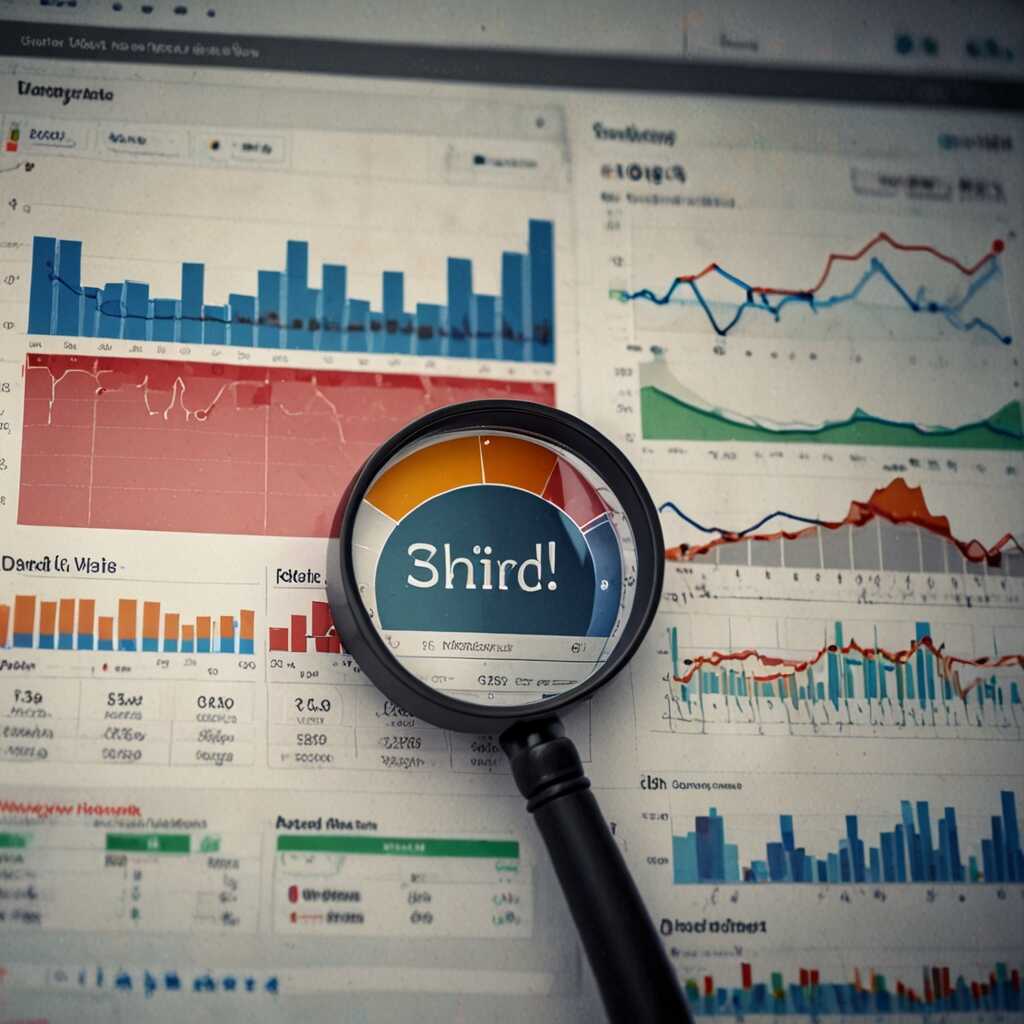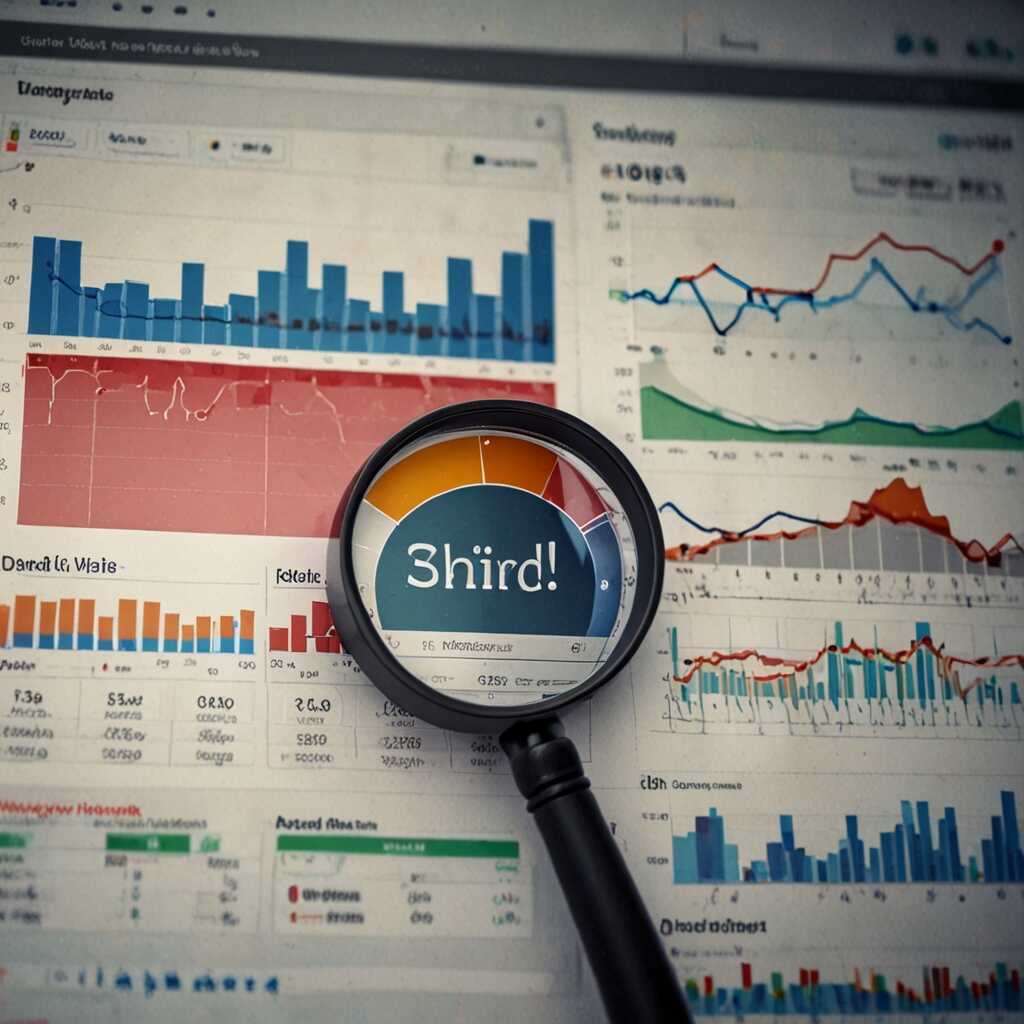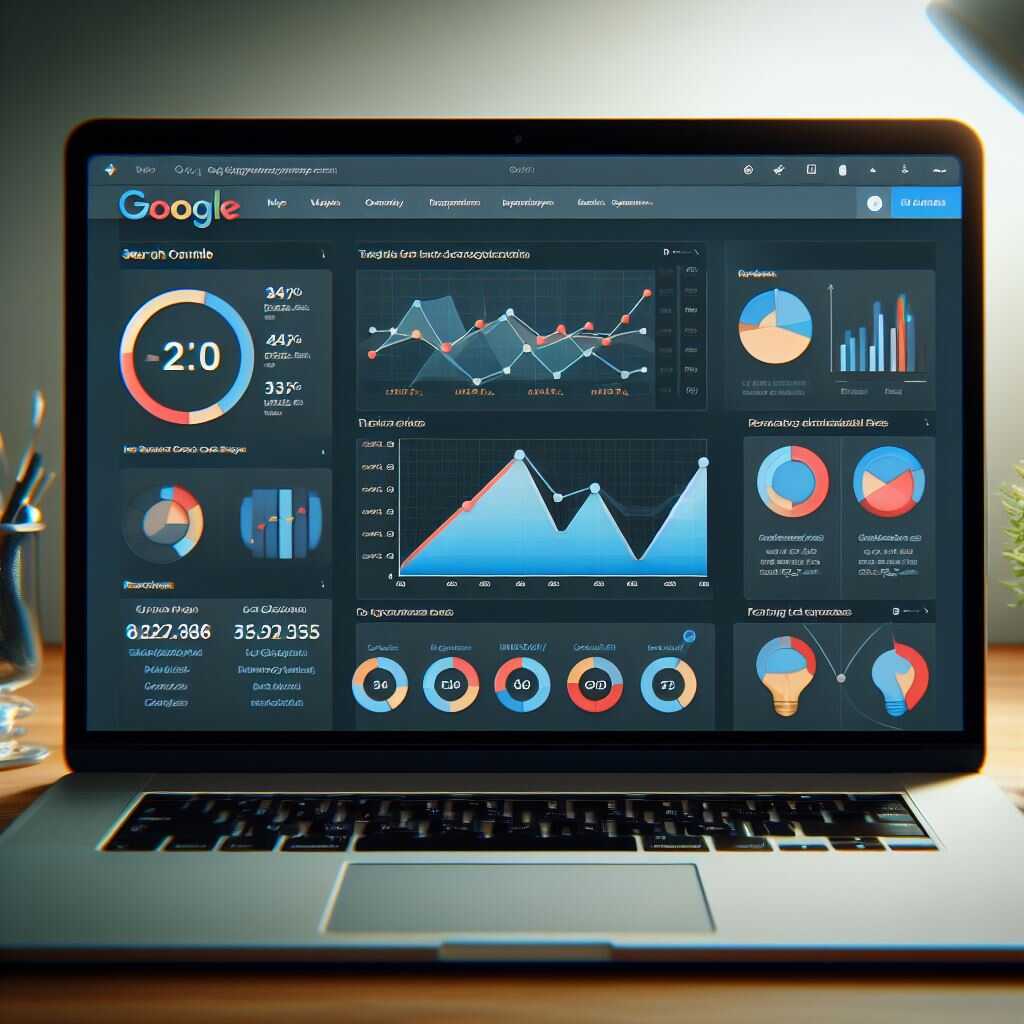How image optimization tools enhance your visual SEO performance is crucial for improving your website’s visibility in search engines. By utilizing these tools effectively, you can boost your images’ loading speed, accessibility, and relevance, ultimately leading to better search rankings. At Metrics Rule, we understand that every image can be optimized to attract more traffic and engage users, making it an essential part of your SEO strategy. This article will provide actionable insights and practical examples to help digital marketers, SEO analysts, and website owners leverage image optimization for superior visual SEO outcomes.
Defining Visual SEO and Its Crucial Role in SEO Strategies
Visual SEO refers to the practices that enhance a website’s visibility through images and other visual content. Understanding visual SEO is essential because images significantly influence user engagement and search engine rankings. By optimizing image attributes such as file names, alt text, and dimensions, website owners can improve their site’s performance in search results. Additionally, integrating image optimization tools into your SEO strategy ensures a better user experience, which ultimately leads to higher conversion rates and increased trust in your brand.
Key Components of Visual SEO Optimization
The key components of visual SEO optimization include the careful selection of image formats, the use of descriptive alt texts, and compression techniques to enhance loading speed. For instance, using the right file format—like JPEG for photos or PNG for graphics—can improve performance. Alt text provides context to search engines, enhancing crawlers’ ability to index images accurately. Furthermore, image compression can speed up website loading times, ensuring that users experience minimal delays. These components collectively enhance the reliability and efficiency of your visual content in search engine rankings.
Top Advantages of Using Image Optimization Tools Effectively
Image optimization tools provide key benefits for SEO, enhancing website performance significantly. First, they deliver faster loading times. By compressing images without sacrificing quality, these tools ensure your pages load quickly. This speed boosts user experience and reduces bounce rates. Next, optimized images improve search engine rankings. Search engines like Google prioritize fast-loading sites, making image optimization essential. Additionally, these tools enhance user experiences through improved visuals, leading to higher engagement and conversions. In e-commerce, better visuals can even translate to increased sales. Thus, by utilizing image optimization tools, businesses can effectively enhance their SEO performance.
Understanding the Importance of Faster Loading Times
Faster loading times are critical for retaining visitors and improving SEO performance. Studies show that websites can lose up to 70% of potential users as load times increase beyond three seconds. Optimizing images can provide a 30-50% improvement in loading speeds, making the site more appealing to users and search engines alike. Fast-loading pages enhance the overall user experience, allowing customers to navigate easily and find what they need. By ensuring that images are compressed and optimized for both mobile and desktop users, websites can significantly boost their performance and increase conversions. Metrics Rule emphasizes the importance of these optimizations to improve reliability and efficiency in SEO initiatives.

Effective Image Optimization Techniques for Maximum Impact
Effective image optimization involves three key techniques: resizing images, implementing compression methods, and selecting the appropriate file format. Resizing images ensures that they are not larger than necessary for their designated web presentation, reducing load times significantly. Compression methods, including lossless and lossy compression, further enhance image efficiency by reducing file sizes while maintaining quality. The right selection of image formats, such as JPEG for photographs or PNG for graphics, ensures optimal results in both quality and speed. Overall, image optimization can improve page load times by as much as 50%, thereby enhancing SEO performance.
Understanding Image Resizing and Its Benefits
Image resizing is crucial for ensuring your website loads quickly and efficiently, particularly for e-commerce platforms relying on visual appeal. When resizing images, aim for dimensions that match the display size on your website. This prevents unnecessary load on server resources and provides a seamless experience for users. Tools like Adobe Photoshop or online optimizers can help you resize images without compromising quality. Maintaining the right aspect ratio during this process ensures that images do not appear stretched or pixelated, which enhances user experience and can contribute to lowered bounce rates on your site. Properly resized images play a vital role in visual SEO by improving page speed, thus positively influencing rankings on search engines like Google and Bing.
Key Statistics on Enhancing Visual Search Rankings
- Images can boost click-through rates by 94% when optimized correctly.
- Nearly 70% of users expect images to be relevant to their search queries.
- Optimized images can reduce website load time by up to 50%.
- Search engines rank image-rich content higher in results consistently.
- Data shows that 32% of marketers prioritize visual content for SEO.
- Mobile pages with optimized images load 30% faster than non-optimized ones.
- Visual assets in articles can increase user engagement by up to 80%.

Must-Have Image Optimization Tools for SEO Enhancement
Choosing the right image optimization tools is vital for enhancing your SEO performance. Some of the top tools currently include TinyPNG, ImageOptim, and Kraken.io. These tools offer features that help you compress images without losing quality. When selecting tools, consider features like compression efficiency, batch processing, and support for various file formats. Studies show that effective image optimization can improve website loading speed significantly, which impacts search rankings positively.
Key Features of Effective Image Optimization Tools
When evaluating image optimization tools, focus on their ability to compress images while maintaining quality and analyze their integration with SEO enhancement strategies. Tools like Adobe Photoshop and Affinity Photo provide advanced features such as lossless compression and quality previews. Look for features such as AI-driven optimization, automated file naming, and SEO tagging options. Reliable integration with your content management system (CMS) is also essential, as it ensures smooth workflows for visual SEO implementation. These attributes are crucial for optimizing your images, which can result in faster load times and enhanced user experience.

Tracking Image Performance Metrics to Refine SEO Strategies
To effectively track and analyze image performance metrics, focus on several key indicators. Essential metrics include load time, bounce rate, click-through rate, and conversion rates specifically for pages featuring images. Tools such as Google Analytics and SEMrush provide detailed insights into these metrics. Proper image optimization can enhance page load speed significantly, often achieving improvements of 30% or more. This optimization not only boosts user experience but also enhances search engine rankings, and thus increases website visibility.
Best Tools for Image Performance Tracking
Utilizing the best tools for image performance tracking is vital for successful SEO strategies. Google PageSpeed Insights, for instance, offers reliable data on how images impact website speed and performance. This tool reviews the loading time and provides suggestions for improvements, like optimizing image sizes. Moreover, tools like Ahrefs and Screaming Frog aid in checking factors such as alt text, file sizes, and dimensions. These metrics help you optimize your images further, ensuring your website efficiently crawls and indexes, ultimately driving up your rankings in search engine results.
Advantages of Using Picture Enhancement Tools
- Improved site speed leads to better user experiences and lower bounce rates.
- Enhanced image search visibility attracts organic traffic effectively.
- Optimized visuals encourage sharing, extending your reach to new audiences.
- Higher quality images support brand credibility and user trust.
- Localized images can significantly improve local SEO rankings.
- Better keyword alignment in alt texts enhances contextual relevance.
- Automated tools save time, allowing for more focus on content strategy.

Embedding Image Optimization in Your Comprehensive SEO Framework
Integrating image optimization strategies is crucial for enhancing overall SEO performance. By optimizing images, you not only improve site loading speed but also increase the chances of better crawling and indexing by search engines like Google and Bing. This process ensures that images are compressed, properly sized, and adequately tagged with relevant alt text. Essential tools for this purpose include image compression software, automated tagging tools, and schema markup generation tools. Moreover, effective image optimization techniques also encompass responsive images that adapt to various screen sizes, particularly benefiting mobile users. Together, these strategies provide a significant uplift to your SEO efforts, leading to increased website visibility.
Key Techniques for Effective Image Optimization
Utilizing effective image optimization techniques can significantly enhance your website’s performance. Start by compressing images without sacrificing quality to improve load times. Tools like TinyPNG and CompressJPEG are reliable for this task. Also, use descriptive filenames and alt text to help search engines understand your content better. Implementing responsive design ensures images look great on any device, which is essential as mobile traffic continues to rise. Regularly using tools like Google PageSpeed Insights can help you analyze your site’s loading speed and performance, ensuring your image optimization is on point. By adopting these techniques, you significantly improve user experience and search engine rankings.
Creating Engaging Visual Content Through Image Optimization
Using optimized images is essential for enhancing user engagement. Techniques include selecting the right file formats, compressing images without sacrificing quality, and utilizing descriptive alt text. By effectively applying these methods, you can ensure faster load times, improving overall website performance. Engaging visuals not only capture attention but also provide a better user experience, leading to higher retention rates. For e-commerce businesses, well-optimized images can lead to increased conversions, demonstrating the undeniable link between visual content and consumer behavior.
Choosing the Right Image Formats for Engagement
Selecting appropriate image formats is critical for optimizing user engagement. JPEG is ideal for photographs due to its compressed size, which enhances page speed. PNG works well for images needing transparency. WebP format offers a combination of both features, providing great compression and quality. Additionally, using SVG for logos and icons ensures that your graphics remain sharp on all devices. Evaluating these formats helps you deliver an excellent user experience and improves SEO rankings as search engines favor fast-loading pages with quality visuals.
Brands Leading the Way in Visual Optimization Strategies
- Adobe: Offers robust image editing, but can be complex for beginners.
- Canva: User-friendly interface great for quick design, lacks advanced features.
- Google Image Search: No-cost tool; heavily reliance on best practices for results.
- TinyPNG: Efficient for compression; limited to PNG and JPG formats only.
- ImageKit: Provides real-time optimization; pricing can be high for small businesses.
- Unsplash: Excellent resource for quality images; no extensive editing capabilities.
- E-commerce brands benefit from image optimization to drive sales effectively.
Future Directions for Image Optimization in Digital Marketing
Digital marketers need to stay updated on key upcoming trends in image optimization. Some of these include a growing emphasis on AI and machine learning, which can enhance visual content strategies significantly. As we approach 2025, expect more automation in optimizing images for SEO, which enhances efficiency and consistency. Furthermore, a recent study shows that approximately 75% of e-commerce companies plan to enhance their image SEO strategies in the next year, underlining the importance of visual content in search engine rankings. Understanding these trends will allow marketers to adapt their strategies effectively and stay ahead in the competitive landscape.
Impact of AI on Image Optimization Tools
AI and machine learning are reshaping image optimization tools, making them smarter and more efficient. These technologies provide advanced algorithms designed to analyze and optimize images for better SEO performance. For example, AI can analyze user engagement data to help businesses identify which types of images drive the most traffic. This enables companies to focus on visuals that yield better results. Additionally, AI tools simplify the image compression process without significantly losing quality, which enhances loading times and improves user experience. As these tools evolve, expect even greater reliability and performance in ensuring your visual content ranks effectively in search engines.
